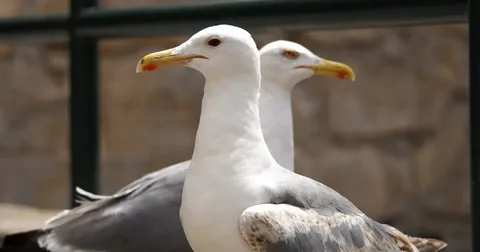Text: A Jewel of Nature and Peacock birds
1. Introduction to Peacocks
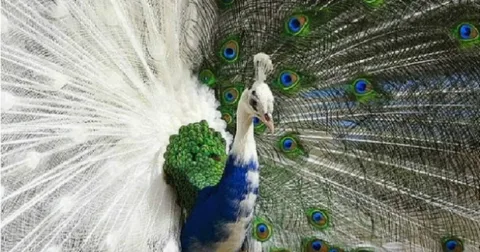
The peacock birds is one of the most admired and majestic birds in the world. Known for its dazzling plumage and graceful display, the peacock belongs to the pheasant family Phasianidae. valued for their cultural and ornamental significance.Their beauty and symbolism have made them subjects of admiration in art, folklore, and religion for centuries.
2. Physical Appearance and Behavior
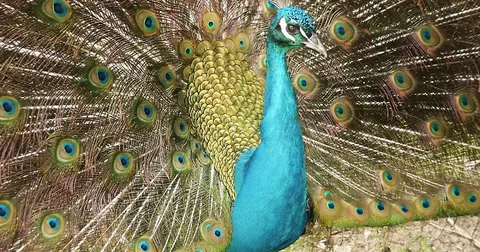
The most remarkable feature of the peacock is its colorful train, Beacause which is not actually the tail but elongated upper tail coverts decorated with iridescent eye-like patterns. During courtship, the male, known as a “peacock,” fans out his train in a breathtaking display to attract the female, called a “peahen.” This courtship ritual is not only a symbol But elegance also a demonstration of strength and health.
Peacocks are medium to large birds with long legs and strong voices. Their vibrant blue and green feathers, shimmering in sunlight, make them one of the most striking species in the avian world. Peafowls are omnivorous, feeding on grains, seeds, fruits, insects, and even small reptiles. Despite their size, they can fly short distances and prefer to roost on trees at night to stay safe from predators.
3. Cultural and Religious Significance
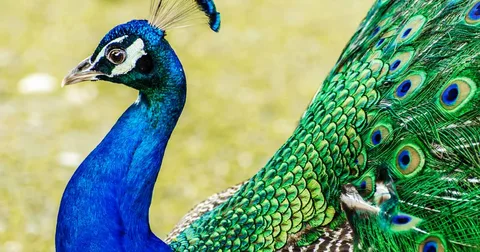
Peacocks hold deep cultural and religious value across many civilizations. In India, the peacock is the national bird and a symbol of grace, beauty, and pride. In Hindu mythology, the bird is associated with deities like Saraswati, the goddess of wisdom, and Kartikeya, the god of war.
Similarly, in many cultures worldwide, the bird symbolizes renewal, integrity, and vision because of the “eyes” on its feathers. The presence of peacocks in palaces, temples, and gardens throughout history reflects the admiration people hold for this magnificent bird.
4. Importance in Modern Times
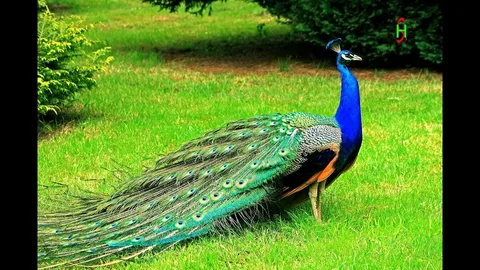
In today’s world, peacocks continue to inspire art, fashion, and symbolism. Their images are often used in jewelry, designs, and cultural festivals to represent luxury, pride, and prosperity. Zoos and wildlife reserves around the globe keep peacocks not only for conservation purposes but also to showcase their beauty to visitors.
Conservation efforts are important because, although peacocks are not endangered, habitat loss and hunting for feathers can pose threats in some areas. Protecting their natural environment ensures that future generations can continue to admire the splendor of these birds. Additionally, the peacock plays an ecological role by controlling insect populations and aiding seed dispersal through its diet.
Conclusion
The peacock stands as a true masterpiece of nature, blending beauty, symbolism, and ecological importance.. Its presence in both nature and human culture reminds us of the deep connections between wildlife and human imagination.
 Birds Drawing Birds Drawing
Birds Drawing Birds Drawing

